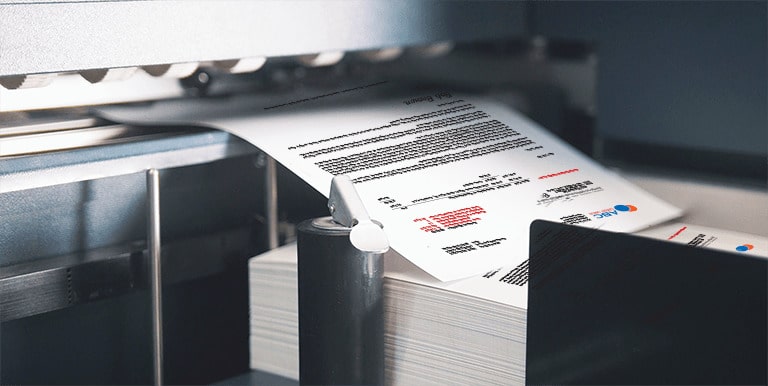
-
A Wall Road indicator is wanting far more bullish as traders lookup for signals that the present sell-off has virtually run its training course.
-
Financial institution of America’s Promote Side Indicator dipped to 55.% in May well from a downwardly revised 55.7% in April.
-
That marks the fifth consecutive decrease and places the SSI closer to a purchase sign than a provide signal for time since September 2020.
A inventory sector indicator is seeking progressively bullish as traders research for indicators that the present-day promote-off has just about operate its training course — possibly marking a eco-friendly light for renewed shopping for.
Bank of America’s Sell Aspect Indicator, which tracks the regular advisable allocation to shares by US sell-facet strategists, dipped to 55.% in Might from a downwardly revised 55.7% in April.
The most recent looking through marks the fifth consecutive month to month drop and puts the SSI nearer to a acquire sign than a offer sign for time because September 2020, when the S&P 500 began a 30% rally in excess of the subsequent yr, in accordance to a note from BofA analysts led by Savita Subramanian.
BofA claimed the SSI shows sentiment has soured but does not nonetheless point out capitulation, or the level that is found by some as the bottom of a provide-off where by buyers throw in the towel.
Still, when the SSI has been this close or closer to a buy signal, the S&P 500’s close to-time period returns have traditionally been good 96% of the time, the analysts explained.
“In our check out, there are reasons to be constructive in the near-term (especially amid bearish sentiment), but ongoing volatility is most likely,” they mentioned. “We endorse sticking with Superior Quality and a blend of defensive and inflation/premiums beneficiaries.”
The optimism arrives as the Federal Reserve moves to tighten monetary plan even further amid large inflation. The Fed hiked charges by 50 basis details on May well 4, and signaled that even more increases of similar size will continue right until inflation will come back again down to its 2% target.
Fed Chair Jerome Powell doubled down on this kind of sentiments, telling the Wall Street Journal that the central bank “will go right until we sense we’re at a location where by we can say economical conditions are in an proper position.”
But some of the fundamental things guiding inflation may be out of the central bank’s regulate, with BlackRock’s Larry Fink indicating significantly of the present problem has much more to do with underlying coverage and provide difficulties that will never be rapidly set with tightening.
“You can argue that fiscal and monetary coverage excesses helped give increase to inflation, but there are several supply-side variables these kinds of as supply chain and logistics bottlenecks, depressed labor pressure participation, and bigger strength and foodstuff price ranges, that have had a much more pronounced influence on inflation,” said Richard F. Moody, chief economist at Locations Monetary.
Read the original write-up on Business Insider




